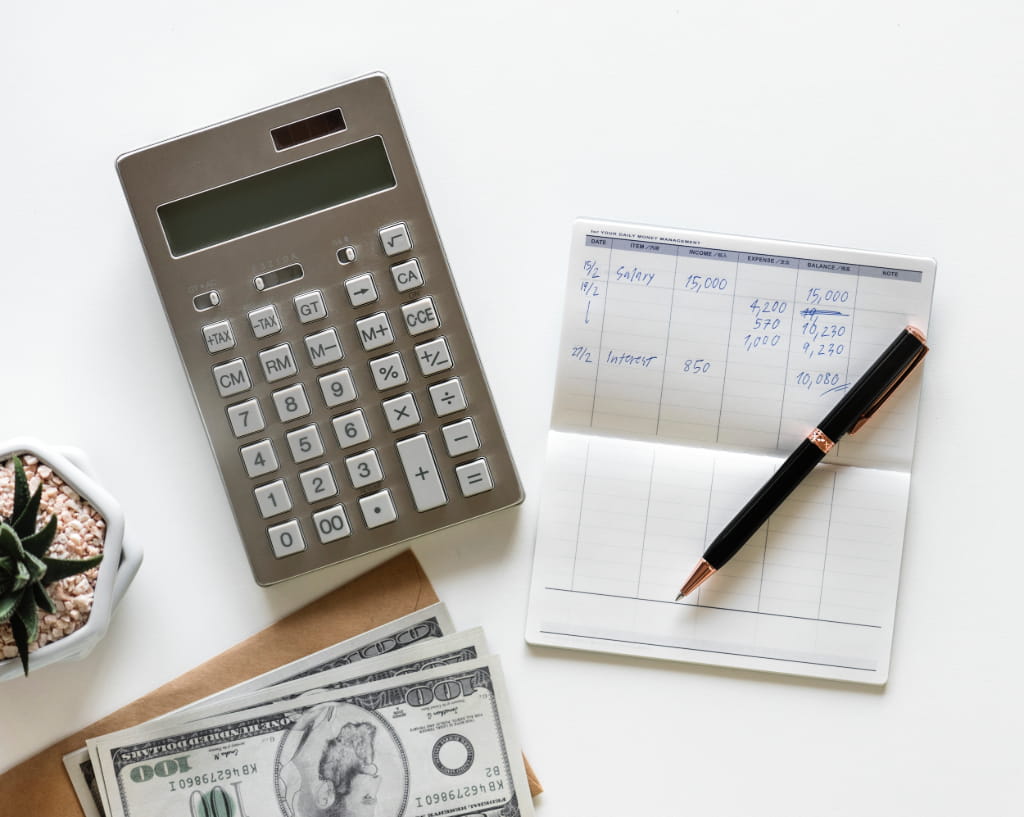I am frequently asked how I manage my own retirement finances. Retired households can have dramatically different financial situations so my regimen won’t work for everyone, but it does demonstrate some of my retirement finance philosophies.
It amazes me to learn how often some people check their portfolio balance. Weekly or even daily? Are you just looking for something to stress about?
I check my portfolio balance about once a year, usually in December. I have a 40% equity allocation, so if the market declines 10%, my portfolio declines about 3% or 4%. For me, that's clearly in the “who cares” zone.

(My portfolio fell 15% during the Great Recession. I cared, but I never considered selling.)
About 70% of my wealth is contained in my portfolio, so a 4% decline in my portfolio value represents about 2.8% of my wealth, which crosses the line into “why did I bother looking” territory. I check my net worth a lot more often than my portfolio value, maybe once every couple of months. (You can link accounts at Yodlee.com or most large investment service websites, like Vanguard, to check your net worth in less than a minute.)
Viewing portfolio losses as a percentage of your net worth can be a lot less scary than looking at portfolio losses in absolute dollars.
Frequent portfolio checking may be a sign of an equity allocation that exceeds your risk tolerance.
When I do check my portfolio balance I also check my asset allocation, though I rarely do anything about it. In thirteen years of retirement, I have rebalanced perhaps three times. One of those times was a year in which I paid off a large mortgage balance, significantly changing my asset allocation. The other two times were years in which I took advantage of some tax-harvesting opportunities. I only "tax harvest" when I have equities I no longer want to own.
Given all the studies and advice regarding the advantages of rebalancing, why am I so nonchalant about my asset allocation? First, I recall reading a William Bernstein post that said there’s a good argument for never rebalancing.
Second, I am cognizant of my short-term risk tolerance. Were I told that my optimal asset allocation was 80% equities, for example, I would ignore that advice because I know that I can’t stomach the short-term volatility of an 80% equity portfolio.
Third, I have a strong safety-net, or "floor", so market crashes are less likely to lower my standard of living.
Lastly, let’s talk about “optimal asset allocation.” Gordon Irlam published a study[1] in which he noted that, while it would be tremendously helpful to know the optimal allocation, his estimate of the 95th percentile confidence interval for equity allocation was roughly between 10% and 80%. Based on that analysis, I can’t know with any certainty at all whether rebalancing would move me closer or farther from optimal. Tweaking an asset allocation within 5% tolerance is, I believe, an example of the massive overconfidence prevalent in many areas of retirement planning. We feel certain about things that aren’t certain, at all.
My year-end review and planning regimen. [Tweet this]
Another important part of my end-of-year regimen is reviewing my overall expenses and comparing them to my previous year’s budget. I do this largely to check for trends but I don’t believe expenses in retirement are very predictable.

Recurring expenses are somewhat predictable, though David Blanchett, who publishes extensive research on retirement spending, tells me that there is significant volatility in year-to-year retirement spending. Include spending shocks and expenses aren’t predictable at all.Spending shocks are by definition low-probability events. Nassem Taleb tells us (and, in fact, told Congress[2]) that low-probability events are simply unpredictable. Last December, for example, I didn’t expect to have to replace two HVAC systems and a car this year. I expected to paint my house but wasn’t prepared for the extensive carpentry repairs that painters would find I needed. I didn’t expect to have substantial uninsured medical bills.
I have learned to expect significant unplanned expenses. Those who think they can predict retirement spending are, again, overconfident.
Once I review previous year spending, planned spending for the coming year, and my portfolio allocation, I recalculate a budgetary spending amount for the coming year, knowing that if a storm takes off my roof I will have it repaired and if a child has uninsured medical expenses I will pay them, budgeted or not.
This annual recalculation of spending risk is a basic concept. Regardless of what the 4% Rule suggests that you can spend every year of retirement, the actual "safe-spending" amount varies up and down, often significantly, depending on your market returns, unexpected expenses, marital status, and age. There is no reasonable fixed amount that you can safely spend throughout retirement from a volatile portfolio.
Unfortunately, this notion has been accepted by many retirees. I overheard two college profs discussing retirement one morning at my local coffee shop. One declared that she simply had no idea how much of her retirement savings she could spend. The other replied, “It’s simple. Just spend 4%.”It’s simple but wrong. Retirement finance has no cruise control.
Mention end-of-year planning and most people immediately think of taxes. I have always found tax-planning to be more tactical than strategic because you never know when Congress will make major changes to the tax code, as they did in 2017, and destroy your plans.
In the past, I have used excess deductions to generate tax-free or low-tax Roth conversions in December. After my taxes were calculated the following spring, I would recharacterize any part of the conversion that generated more tax. Recharacterization is no longer allowed but the rest of the tactic is still viable if you are careful not to "over-convert." You can no longer put money back into your IRA the following year.I estimate my taxes with a calculator called “TAXSIM” provided by NBER.[3]
Retirement finance has no cruise control.
That’s basically my end-of-year regimen. It isn’t very complicated but it works for me. I also record my data to compare to next year’s results.

I don't spend hours and hours on my year-end reviews and planning because I know that any answer I produce will be at best an educated guess that will need to be updated next December. The critical factors of my plan are largely unpredictable – how long I will live, my health, market returns, and expenses.
I don't lose sleep over market declines or check my portfolio balance excessively because my portfolio reflects my risk tolerance.
If any of these are problems for you, then you might need a more suitable retirement plan.
Originally published by Dirk Cotton at The Retirement Cafe.


